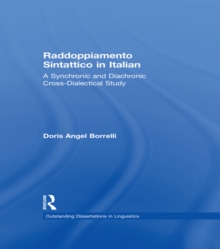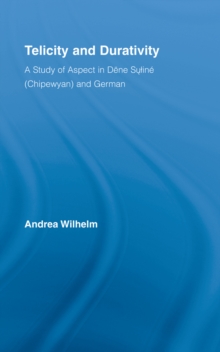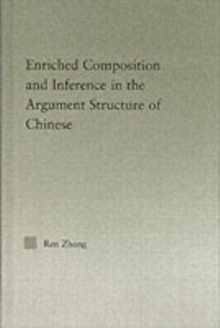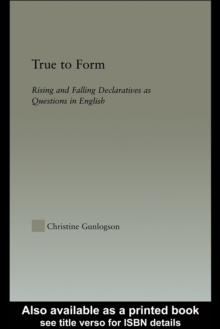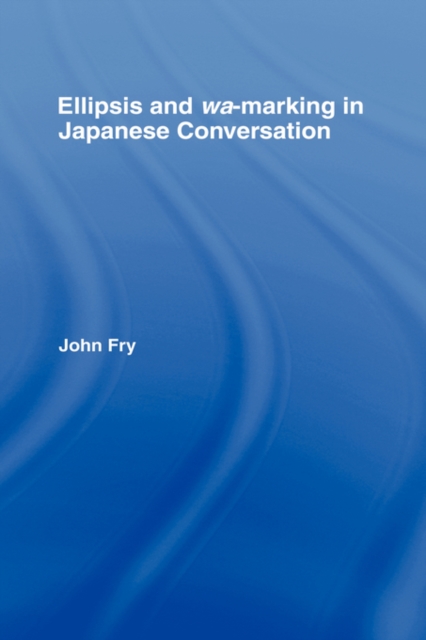
Ellipsis and wa-marking in Japanese Conversation Hardback
by John Fry
Part of the Outstanding Dissertations in Linguistics series
Hardback
- Information
Description
This book investigates the operation of two linguistic mechanisms, ellipsis and wa-marking, in a corpus of colloquial Japanese speech.
Its data set is the CallHome Japanese (CHJ) corpus, a collection of transcripts and digitized speech data for 120 telephone conversations between native speakers of Japanese.
To make the CHJ data useful for linguistic research, John Fry annotates the original transcripts with a comprehensive set of acoustic, phonetic, syntactic, and semantic tags. John Fry demonstrates that Japanese conversation obeys certain principles of argument ellipsis that appear to be language universal: namely, the tendency to omit transitive and human subjects and the tendency to express at most one argument per clause.
He identifies a set of syntactic and semantic factors that correlate significantly with the ellipsis of grammatical particles following a noun phrase.
These factors include the grammatical construction type (question, idiom), length of the NP, utterance length, proximity of the NP to the predicate, and the animacy and definiteness of the NP.
The animacy and definiteness constrains are of particular interest because these too seem to reflect language-universal principles.
Analyzing the CHJ data further, Fry investigates the use and function of the topic-marking particle wa.
His study identifies a set of semantic and prosodic properties that tend to distinguish wa from the subject-marking particle ga.
This book shows that wa-phrases exhibit more prominent intonation, as measured by peak F0, than ga-phrases in the CHJ speech data, contradicting accounts which predict that ga-phrases, because they are associated with new information, should be more prominent.
Information
-
Out of StockMore expected soonContact us for further information
- Format:Hardback
- Pages:220 pages
- Publisher:Taylor & Francis Ltd
- Publication Date:16/05/2003
- Category:
- ISBN:9780415967648
Other Formats
- Paperback / softback from £41.65
£135.00
£109.16
Information
-
Out of StockMore expected soonContact us for further information
- Format:Hardback
- Pages:220 pages
- Publisher:Taylor & Francis Ltd
- Publication Date:16/05/2003
- Category:
- ISBN:9780415967648
